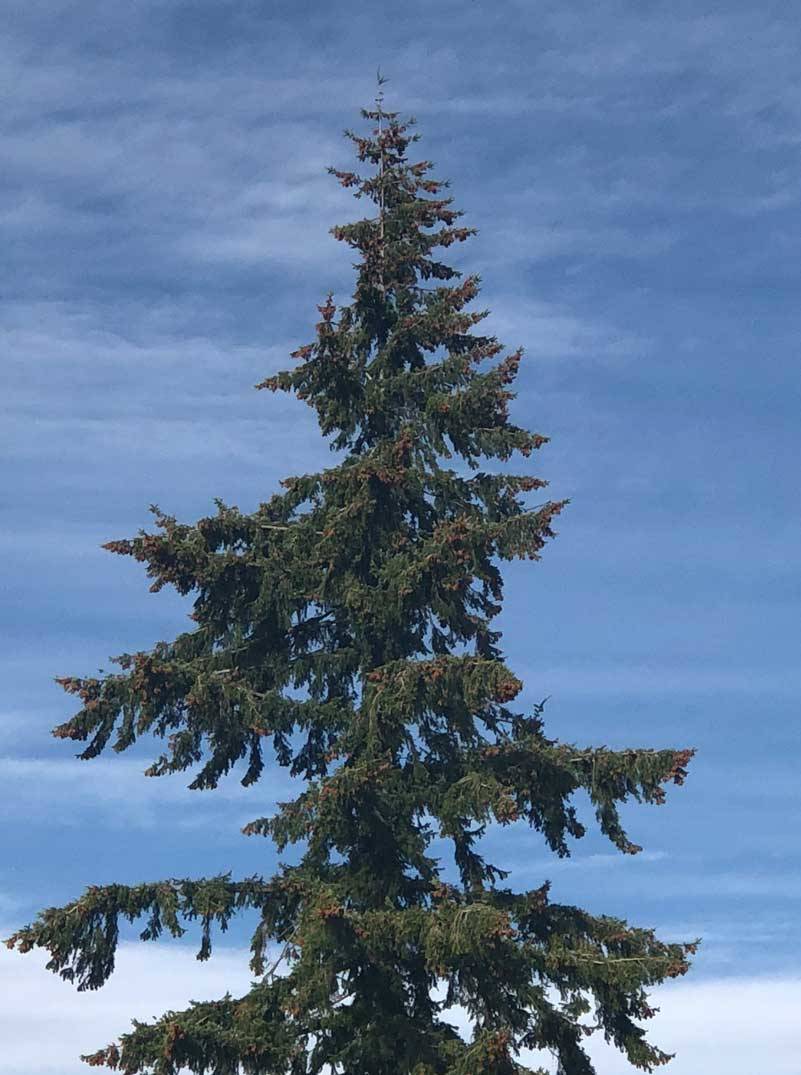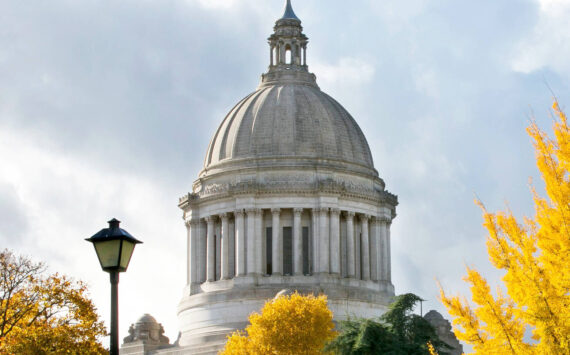By Morf Morford
Tacoma Daily Index
** Make everything as simple as possible, but not simpler. – Albert Einstein **
Sometimes a solution to a pressing and seemingly overwhelming problem is simple and direct, even obvious, yet somehow out of reach.
We here in the Pacific Northwest have resources most areas could not even imagine.
Our most obvious asset/resource, one constantly visible and stunning to most visitors is our abundance of trees.
We have all kinds of trees – and they are everywhere.
Trees influence our culture, our landscape, much of our recreation, they set us apart and define us like nothing else.
And they fill every space; an abandoned property, for example, will not stay empty long.
In other areas, a cleared and neglected lot will, at most, fill with weeds. Here, in just a year or two it will fill up with trees.
A vacant lot is a blank slate for whatever set of trees gets there first.
These trees and forests provide oxygen, repose and are among the most efficient carbon-sequestration ecosystems in the world. Taken together, these trees scrub 35% of the state’s total carbon emissions. All that wood is also worth a lot of money — net timber revenues from state forestland amounted to $124 million in 2018. (https://www.seattletimes.com/seattle-news/environment/amid-climate-crisis-a-proposal-to-save-washington-state-forests-for-carbon-storage-not-logging/)
Standing or cut, the bottom line of our forests is immense.
Wood is astounding in its multiplicity of uses. From construction to crafts to newsprint, wood is adaptable and infinitely useful for virtually all of us.
And that’s the problem.
With so many possible uses, and a finite (yet massive) amount of forests and trees, how can we keep the positive features of forests and ecosystems even as we make use of them for so many everyday uses?
One way to relieve pressures on our forests is to off-load one major use onto another resource.
Most paper is made from tree pulp. Pulp is ground, sifted and cooked into sheets. You can see the whole process here: https://www.paperone.com/about-us/how-paper-is-made.
But the reality is that paper can be made from almost any plant.
Paper has been made from bamboo, cotton, hemp and almost any reed plant. Depending on its use, and its intended longevity, paper can be made from almost any plant, from grass to hardwood trees.
But how about waste wheatstraw?
Wheatstraw is what is left over after wheat is harvested.
We don’t think about wheat very much here on the tree side of the mountains, but there’s a lot of it within our state – over two million acres in fact.
Wheat is the third largest agricultural money-maker for the state.
We in Washington don’t see much of it though – 80-90%, is exported. It is shipped out of the Pacific Northwest ports along the Columbia River. It goes to nations and regions like the Middle East, Japan, Taiwan and South Korea. For more on the impact of wheat on Washington State’s economy, look here: https://wheatlife.org/ourfarms.html#:~:text=Wheat%20is%20the3rd%20largest%20agricultural,percent%20to%20the%20state’s%20economy.
And after the wheat is harvested and shipped off, the wheatstraw remains.
Those stubs of wheat grass could be burned off (which would be polluting and potentially dangerous) or tilled under the soil (which disturbs the soil and makes it far more susceptible to erosion and excessive drying) or it could be cut and baled.
Then what?
That’s been the problem. What to do with all the cellulose rich straw?
It turns out that wheatstraw makes great paper – and has for millennia.
And yes, some are working on this new/old solution to a pressing problem. You can see the fine print on this project here: https://crosscut.com/environment/2021/05/tree-free-paper-rescuing-forests-and-farmers-washington?
The much vaunted “paperless” work place never happened.
Virtually all of us use and handle paper every day – from cups to books to wrapping paper, disposable diapers and almost everything that comes in our mailboxes, we each use about 680 pounds of paper a year. Our average wood and paper use in a typical year is about the equivalent of one 100 foot tall Douglas Fir tree. (You can see more on our tree and paper use here: https://www.dailyinfographic.com/paper-waste).
I love our trees and forests – I love what they are and what can do for us.
I’m all for making maximum use of our forests, but sometimes that “maximum use” stretches far beyond the life span – or imagination – of any single individual, or company or practical use.
Trees can do many things – but so can other products, and some of these products might be products few of us notice or thought to use before.
Who would have thought of using wheatstraw for paper?
What other solutions are out there waiting for us?
Sometimes when we have a problem, the solution is right in front of us.
It takes a certain breed of creativity to see, and put into practice a solution both immediate and long term, especially one that, like this one, uses both resources, wheat and trees, to their fullest use.
** Making the simple complicated is commonplace; making the complicated simple, awesomely simple, that’s creativity.
– Charles Mingus **






